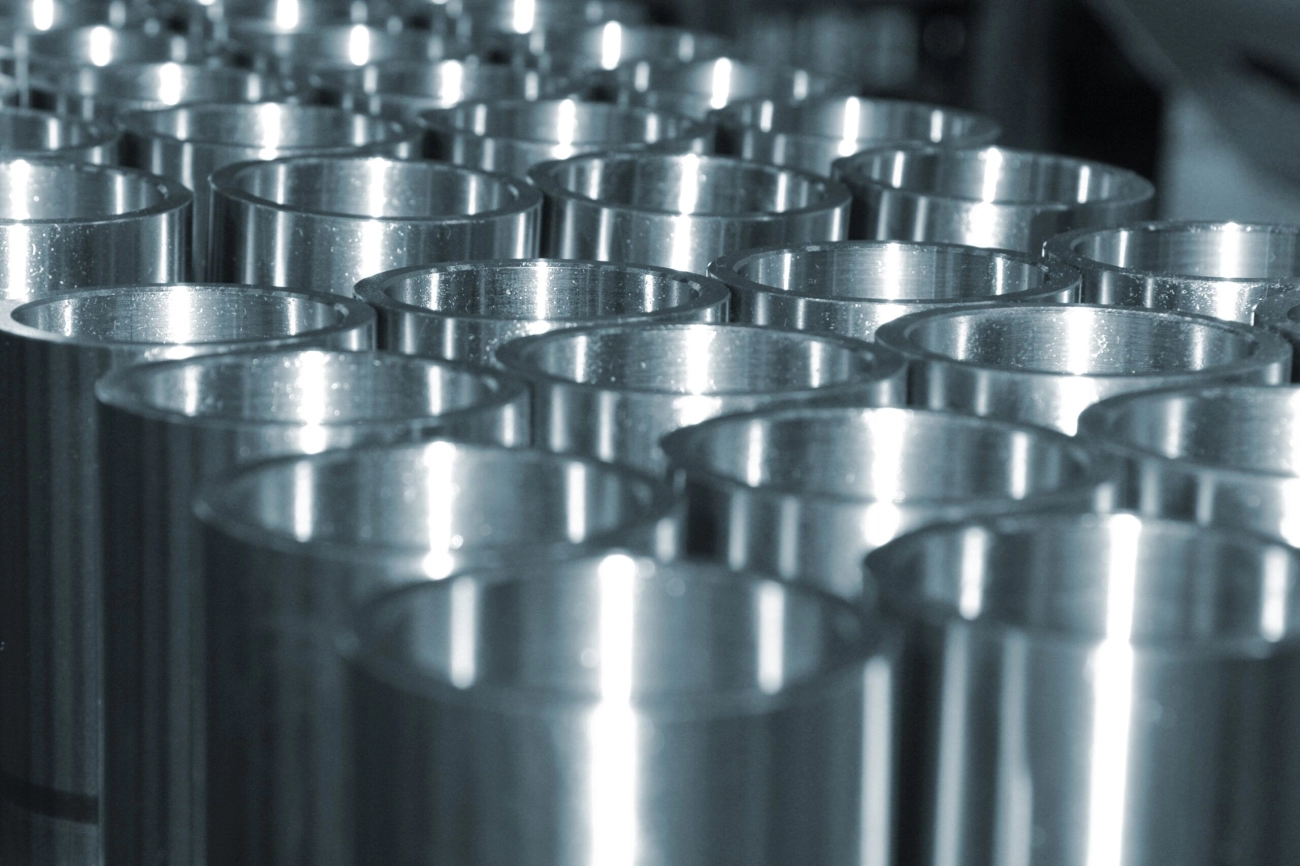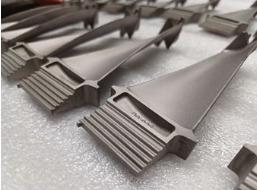Discover surface hardening techniques and benefits to enhance steel durability and wear resistance for manufacturing precision and longevity.
What Is Surface Hardening and Why Does It Matter in Modern Manufacturing
Surface hardening is a heat treatment process designed to increase the hardness and wear resistance of the outer layer of metal parts while maintaining a tougher, more ductile core. Unlike through-hardening, which hardens the entire metal piece uniformly, surface hardening targets only the surface, optimizing both strength and flexibility where it’s needed most.
In modern manufacturing, this distinction is critical. Surface hardening delivers exceptional metal surface durability without making components brittle or prone to cracking. This balance is essential for parts exposed to heavy wear and stress, like gears, shafts, and bearings.
The benefits are clear:
- Enhanced wear resistance extends the life of components.
- Improved fatigue strength minimizes failure under repeated stress.
- Cost efficiency by allowing use of lower-cost, ductile core materials such as low-carbon steel.
- Better performance in demanding applications where surface wear is a limiting factor.
For engineers, understanding the differences between surface hardening and through-hardening informs better material selection and treatment strategies, ensuring parts will meet performance requirements while controlling costs and maximizing longevity.
Top Surface Hardening Methods A Comprehensive Breakdown
When it comes to surface hardening, there are several proven methods businesses rely on to boost metal surface durability. Here’s a quick look at the top techniques used in the U.S. industry today:
Diffusion-Based Techniques
Case Hardening is a big one. It involves adding carbon or nitrogen to the surface of low-carbon steel to make it tougher without affecting the core. Within this group, you’ll find:
- Carburizing: This process infuses carbon into the surface. It’s popular for parts that need high wear resistance but still have a tough, softer center, like gears.
- Nitriding: Instead of carbon, nitrogen is diffused into the metal surface, creating excellent wear and corrosion resistance. It works well at lower temperatures, reducing distortion.
- Carbonitriding: A mix of nitriding and carburizing, it provides a hard surface layer with improved fatigue strength and wear resistance.
Localized Thermal Methods
These methods use heat to harden select areas without affecting the entire part:
- Induction Hardening: Using electromagnetic fields, it heats the surface rapidly, then quenches it. This method is fast, precise, and highly energy-efficient — a favorite for gear hardening.
- Flame Hardening: A torch heats the surface, followed by water cooling. It works well for large surfaces or complex shapes and is common in heavy machinery parts.
- Laser Hardening: The most advanced, laser hardening gives precise control over hardening areas. This method is growing in use for critical, high-performance components.
Mechanical and Advanced Options
Beyond heat and chemical methods, mechanical surface hardening options include:
- Shot Peening: Bombarding the surface with small steel balls strengthens it by inducing compressive stress, improving fatigue life.
- Burnishing: A smoother approach that improves surface finish and hardness by plastic deformation.
- Emerging techniques like plasma hardening and electron beam hardening are also gaining traction in specialty applications.
Choosing the right method depends on the material, part size, shape, and the type of wear resistance needed. For many companies across industries from automotive to aerospace to heavy machinery in the U.S., combining these methods offers the best balance between durability, performance, and cost.
Applications and Selection Guide Choosing the Right Method for Your Needs
When it comes to surface hardening, picking the right method depends largely on what you need the part to do and the environment it will operate in. Different industries call for different treatments to enhance metal surface durability and performance.
Industry-Specific Use Cases
- Automotive: Gear hardening methods like induction hardening are common because they provide strong, wear-resistant surfaces while keeping the core tough. This is critical for parts like gears and shafts.
- Aerospace: Nitriding is often preferred here due to its ability to improve wear and corrosion resistance without causing distortion—a key factor for aerospace components.
- Heavy Equipment: Case hardening techniques like carburizing are popular because they deliver a hard surface over a tough, shock-resistant core, perfect for heavy-duty applications.
- Tool Manufacturing: Laser hardening and flame hardening are used for localized hardening of edges and surfaces needing precise wear resistance.
Factors Influencing Method Choice
- Material Type: Low-carbon steel benefits greatly from carburizing or carbonitriding, while alloy steels respond well to nitriding and induction hardening.
- Part Geometry: Complex shapes or thin parts might favor localized methods (flame or laser hardening) to avoid warping.
- Wear and Corrosion Needs: If the part sees high abrasion or exposure to corrosive environments, nitriding or carbonitriding may be ideal.
- Production Volume and Cost: Large batch runs might benefit from efficient diffusion-based processes, while smaller runs could justify the precision of laser hardening despite higher costs.
Choosing the right surface hardening method ensures your parts last longer and perform better, making all the difference in the final product’s reliability and cost-efficiency.
Challenges Best Practices and Innovations in Surface Hardening

Surface hardening is essential, but it comes with some challenges. Common pitfalls include uneven hardening, distortion of parts, and controlling the right depth of hardness. These issues can affect metal surface durability and overall performance, especially with complex shapes or low-carbon steel treatment.
Common Pitfalls and Solutions
- Uneven Hardening: Happens when heat or chemicals aren’t applied uniformly.
Solution: Use precise temperature controls and uniform heating techniques like induction hardening benefits to get consistent results. - Distortion and Cracking: Rapid cooling or excessive heat can warp parts or create cracks.
Solution: Controlled cooling rates and stress-relief treatments minimize these risks. - Incorrect Hardening Depth: Too shallow or too deep can cause failure or waste resources.
Solution: Choose the right method—for example, carburizing process for deeper layers or nitriding for thinner, wear-resistant layers.
Best Practices
- Always match the surface hardening method to the metal type and part application.
- Use modern equipment to carefully monitor temperature and timing.
- Regularly inspect parts post-treatment to catch defects early.
- Collaborate closely with your surface hardening provider to tailor treatments.
Future Trends in Surface Hardening
Surface hardening is evolving fast. Innovations focus on:
- Advanced Laser Hardening: Highly precise and adaptable for complex shapes.
- Environmentally Friendly Processes: Reducing waste and energy use in case hardening techniques.
- Hybrid Methods: Combining thermal and diffusion techniques for superior gear hardening methods.
- Smart Automation: AI and sensors improving quality control and process consistency.
By staying aware of these trends and applying best practices, American manufacturers can boost metal surface durability and efficiency, cutting costs while improving product performance.
Partner with VastPCC for Superior Surface Hardening Solutions
When it comes to getting the best surface hardening for your metal components, VastPCC is your go-to partner. We understand the unique demands of manufacturers across the U.S. and deliver reliable heat treatment for steel that boosts durability and efficiency.
Why VastPCC Stands Out
- Expertise Across MethodsWhether you need case hardening techniques like carburizing or nitriding for wear resistance, or localized thermal methods such as induction hardening, our team has the know-how and equipment to handle it all.
- Tailored SolutionsEvery project is different. We work closely with you to pick the most effective surface hardening method based on your industry requirements, material type, and budget.
- Consistent QualityUsing advanced process controls and rigorous testing, we ensure your parts meet the highest standards for metal surface durability and performance.
- Fast TurnaroundWe know timing is critical in manufacturing. VastPCC offers speedy, dependable service without sacrificing quality.
- Innovation and SupportStaying ahead of trends means we continuously invest in newer technologies like laser hardening and carbonitriding options, ensuring your parts benefit from the latest advancements.
Partnering with VastPCC means you’ll get surface hardening solutions tailored to the U.S. market’s needs, backed by reliable expertise and commitment to quality.

